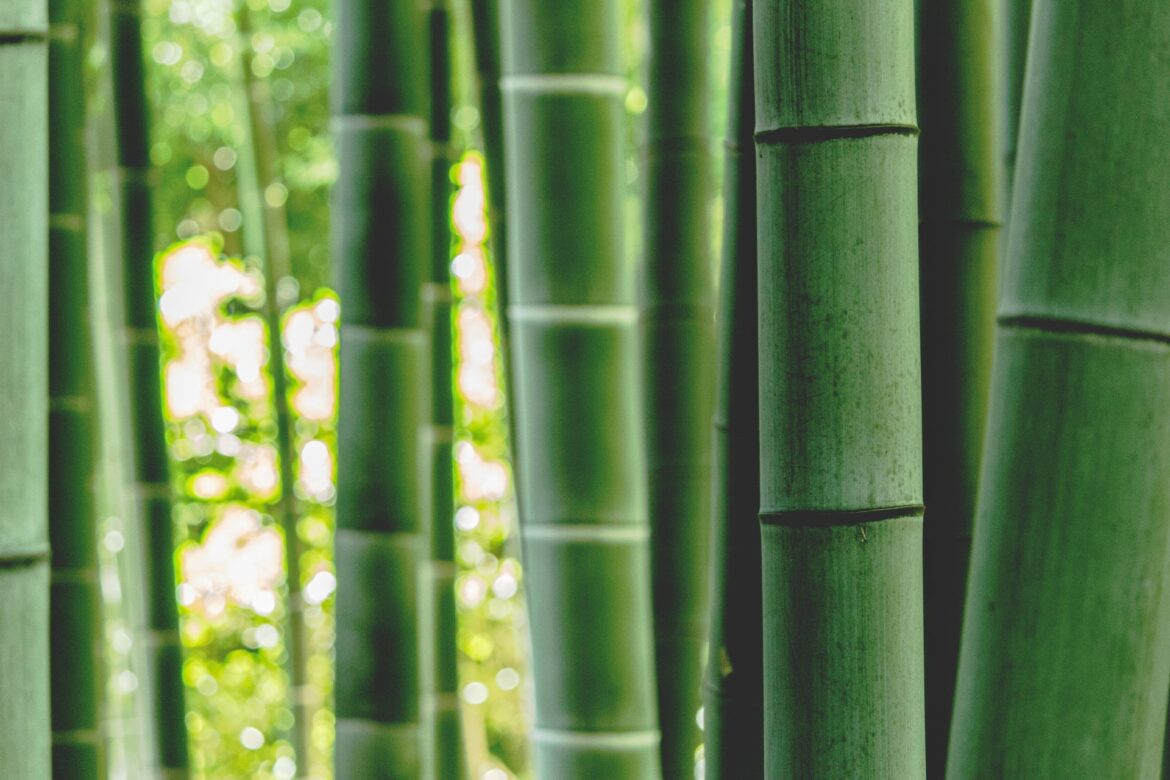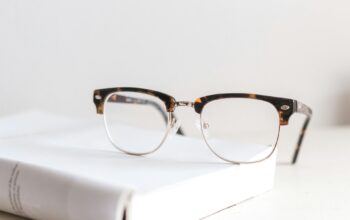From Nature’s Bounty to Empowering Fashion: Bamboo’s Story
Australia, known for its diverse natural landscapes, is a country that has started to recognise the sustainable potential of bamboo. While it is not native to Australia, it has found a favourable environment for growth in certain regions.
With its impressive sustainable qualities and versatility, this material has emerged as a frontrunner in the quest for sustainable fashion. When it comes to the cost of women’s bamboo clothing in Australia, it ranges from 15 to 130 dollars. For instance, dresses can cost around 80 to 130 dollars, depending on the type you are looking for. This article explores the rise of bamboo in fashion and its growing popularity among conscious consumers.
Eco-Friendly Attributes:
With its impressive sustainability profile, bamboo caught the attention of fashion designers seeking environmentally friendly materials. As a fast-growing grass, it reaches maturity within three to five years, making it a highly renewable resource. Unlike traditional timber, which takes decades to regenerate, it can be harvested without killing or destroying the plant as it regrows from the existing root system. This unique quality ensures a continuous supply without depleting natural resources.
Additionally, it requires minimal water and no pesticides or fertilisers for its growth, making it an excellent choice for sustainable farming practices. Its extensive root system prevents soil erosion and promotes water conservation. These eco-friendly attributes align with the increasing consumer demand for sustainable fashion, paving the way for its entry into the industry.
Technological Advancements in Fabric Production:
Technological advancements played a crucial role in bringing the fabric to the forefront of the fashion industry. The production involves extracting fibres from the plant and converting them into yarn. Initially, this material faced challenges due to the traditional chemical processing methods used, which raised concerns about the environmental impact.
However, with the advancement of technology, innovative production methods have been developed to minimise the ecological footprint. Closed-loop processing systems have been introduced, where chemicals are recycled and reused, reducing waste and pollution. Furthermore, non-toxic solvents, such as enzymes, are being utilised in the production process, replacing harsh chemicals. These advancements have made this material more sustainable and propelled its entry into the fashion industry.
Rising Consumer Demand for Sustainable Fashion:
The growing consumer demand for sustainable fashion has been a driving force behind the entry of this fabric into the industry. Conscious consumers are becoming increasingly aware of the environmental and social impact of their buying decisions and are actively seeking alternatives to conventional, environmentally damaging materials. It has gained popularity among eco-conscious consumers due to its sustainable attributes and positive environmental impact.
Moreover, consumers appreciate exceptional qualities. It is known for its softness, breathability, and moisture-wicking properties, making it a comfortable and versatile choice for women’s bamboo clothing in Australia. It is also hypoallergenic and gentle on the skin, making it suitable for those with sensitive skin or allergies. The rising demand for sustainable fashion options has created a market for it, driving its entry into the fashion industry.
Collaborations and Industry Support:
Collaborations between fashion brands, designers, and textile manufacturers have played a vital role in the integration of this material into the fashion industry. As sustainability becomes a core value for many companies, they actively seek out eco-friendly materials and forge partnerships with suppliers. These collaborations have led to increased awareness and availability, making the material more accessible to designers and consumers.
Furthermore, industry organisations and initiatives have supported the entry of this material into the fashion industry. Certifications and standards have been established to ensure responsible sourcing and production processes, instilling confidence in both designers and consumers. The collective efforts of industry stakeholders have created a favourable environment for it to flourish and significantly impact the fashion industry.
Conclusion:
The entry of bamboo fabric into the fashion industry represents a sustainable fashion revolution. With its eco-friendly attributes, technological advancements, rising consumer demand, and industry collaborations, it has gained momentum as a viable and attractive alternative to conventional textiles. As sustainability continues to drive the industry forward, its presence is set to grow, making a positive environmental impact and paving the way for a more sustainable and conscious future.




